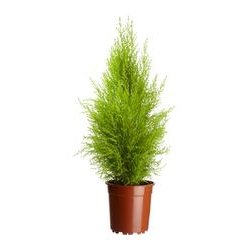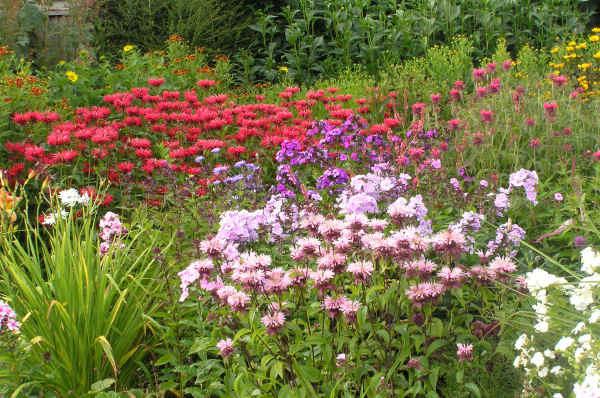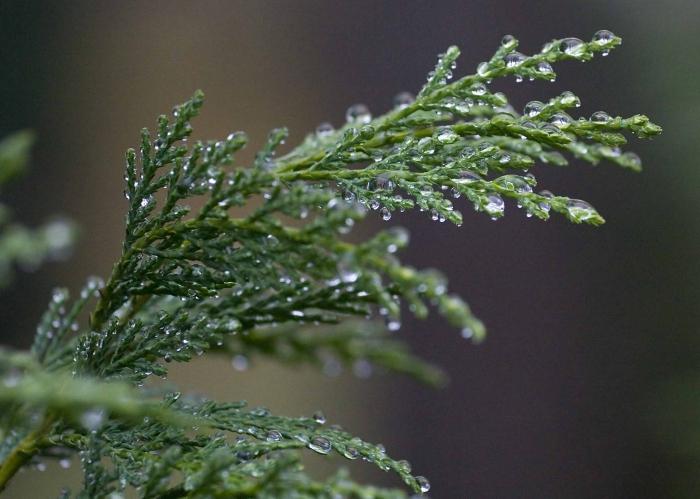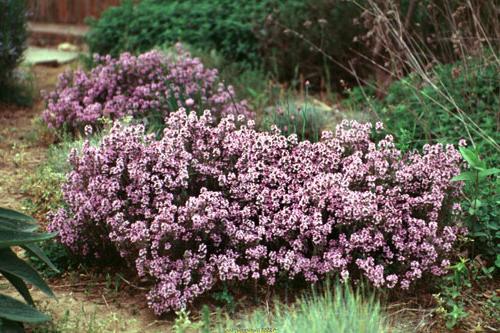Cypress marsh: description, planting and care
Some have seen such an amazinga tree like a cypress marsh. Today it is introduced into culture and planted in urban parks or artificial forests. Those who saw it in the autumn period may have wondered about whether the cypress marsh is a coniferous or deciduous species? So what is special about this tree?
Description of the marsh cypress
This tree has a second botanical nametaxodium is double-rowed and belongs to the Cypress family, the genus Taxodium. It is a large species that grows to 36 meters. And the diameter of the trunk can be 1-3 meters. Some especially large representatives reach 5 meters! Young cypresses are distinguished by a narrow crown in the form of a cone, but as it grows up it becomes more spreading. Cypress marsh - deciduous, but coniferous. By autumn, its bright green crown turns red with a rusty tint and falls off. It can often be noted that the taxoidium is braided with Spanish moss, which gives it an extra exotic character.
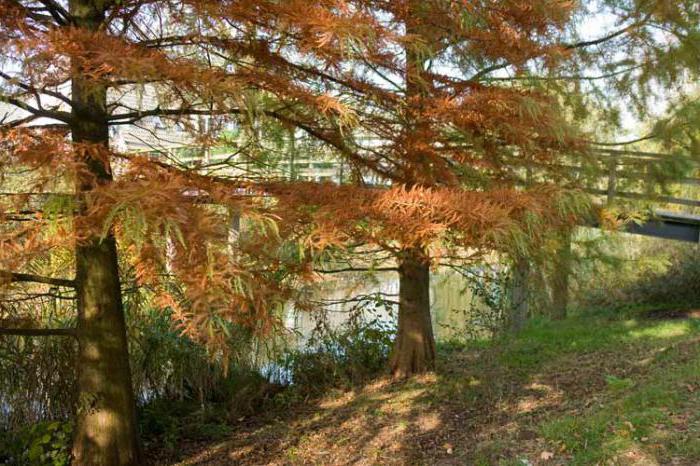
The bark of the tree is thick enough, about 10-15 cm. It has a dark brownish-red tone and deepened longitudinal cracks.
Cypress marsh has soft pinnate leaves with rounded sharp tips. Their length is up to 18 mm. Shishki up to 4 cm and in diameter 2.5 cm.
Features taxoidium two-row
This tree is different from the rest in itsA family of special root outgrowths called pneumatophores. They stretch over the ground near the tree for 1-2 meters and can have the shape of a cone or bottle. Only recently was their purpose clarified. These are respiratory roots that allow the tree to successfully survive a prolonged flooding or grow in wetlands. It was observed that if a tree grows in places with less moisture, its respiratory roots do not appear near it.
Spread
Cypress marsh in the wild is growing wellnear the banks of rivers with a weak current, and also in the marshland of North America. The tree was brought to the territory of the CIS, and today it can be seen in the Danube Delta in the Odessa region and the Crimea. The taxodium is in the Krasnodar Territory and in the Caucasus. This tree is often found on the banks of water bodies of Uzbekistan.
Due to the fact that wood is not prone to rot, it is actively used for construction and furniture production.

Planting of cypress marsh
The taxodium is suitable for propagation by cuttings,graft and seeds. To increase the chances, the plant is planted in wet areas, for example, in lakes or ponds. Before starting the landing, a drainage of 20 cm is made from sand and chipped brick. The second stage is the preparation of the soil, which consists of turf, humus, peat and sand (2: 2: 2: 1).
The depth of planting a tree must be at least 80cm, but it is important to make sure that the root neck remains at the soil level. When buying seedlings, always look at the fact that the roots are not exposed, that is, they remain in the earthy coma and are wrapped in sackcloth or canvas cloth. Planting should be done carefully. The fabric is also not cleaned, in time it will rot. A young plant needs abundant watering and moderate shading. Such measures should be observed throughout the season. If you spend foliar dressing with the aid of "Epin", cypress marsh will get better.

Features of care
Taxodium is a rapidly growing species, it refers todurable breeds. This light-loving tree with a powerful root system. Three years after planting, the marsh cypress is recommended to be fed. In summer, the plant regularly and abundantly watered (about 10 liters per plant), and twice a month is organized for cypress sprinkling. In droughty or very hot weather, the water volume doubles.
Adult tree tolerates frosts and temporary cold to -30, but young cypresses may suffer in winter. To save them, the trunk circles mulch a ten-centimeter layer of dry foliage.
The soil with a high content of lime cypress tolerates poorly. It feels good on sandy and compacted soils. To defeat pests and diseases the tree is not inclined.

